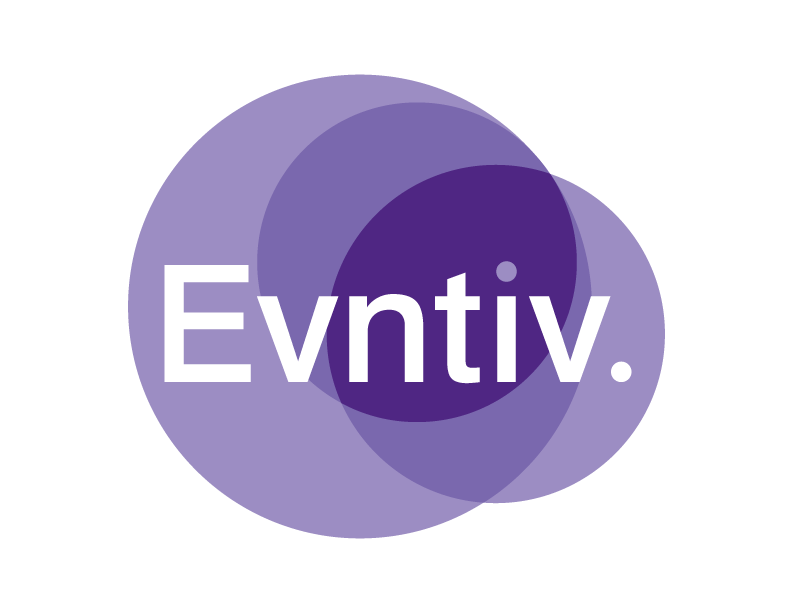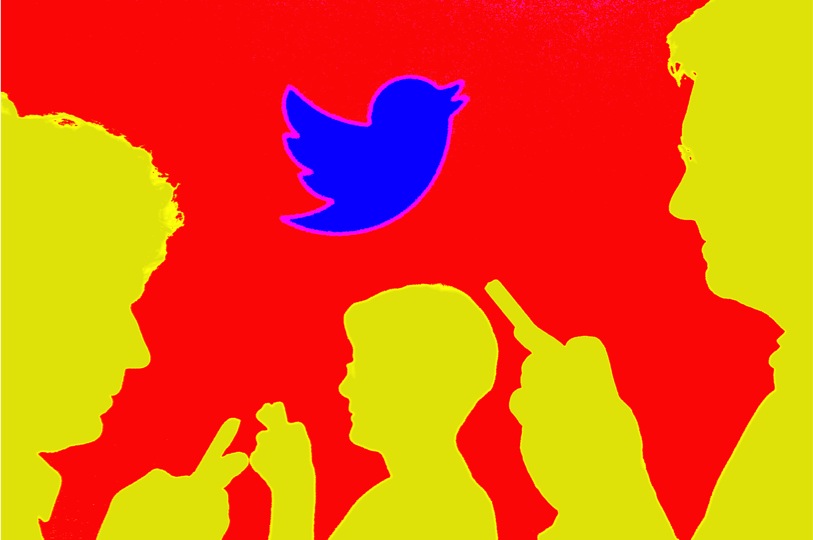CHOOSE WISELY. When you assign your social media team, look for the individuals who understand the medium and live in it every day. If you are not hiring someone from the outside to do for you, take the time to identify the end goal and who is doing what. You will need voices (the people talking about stuff) and monitors (the people watching and promoting posts). Typically there are a few levels of social media teams. The directors, who create and direct the message and the producers who engage with each community based on the message. Both need to be working in synergy to make your efforts worthwhile.
DEFINE YOUR BRAND VOICE. Create a tone, character, and persona for your team to use. This is most important if you plan to have multiple people, especially volunteers, communicating on the group’s behalf. Different organizations go for different tones in their social correspondence: some are more traditionally corporate, while others aim to be inspirational or funny.
BE AUTHENTIC. Speak as if you are speaking to a friend or family member to avoid sounding like an institution. Don’t be afraid to sound like a real person. Keep the dialogue going by responding quickly and conversationally. Remember, being authentic does not mean speaking your mind! Keep on brand and professional no matter what other messages are being posted.
Identify INFLUENCERS. Find the influencer for the audience you are trying to reach and try to engage them with involvement in your event. Try to identify which social media channels these influencers are using and what kind of commentary they tend to make. Give them as much content as possible that will work well with their social media habits.
TWEET FIRST. Twitter is best when something is unfolding at an event in real time. This doesn’t mean you should neglect Facebook and Instagram, but tweets are the language of real-time social media conversation. Second would be Instagram and a close third is Facebook. Depending on the age of your audience, these channels may vary in popularity.




